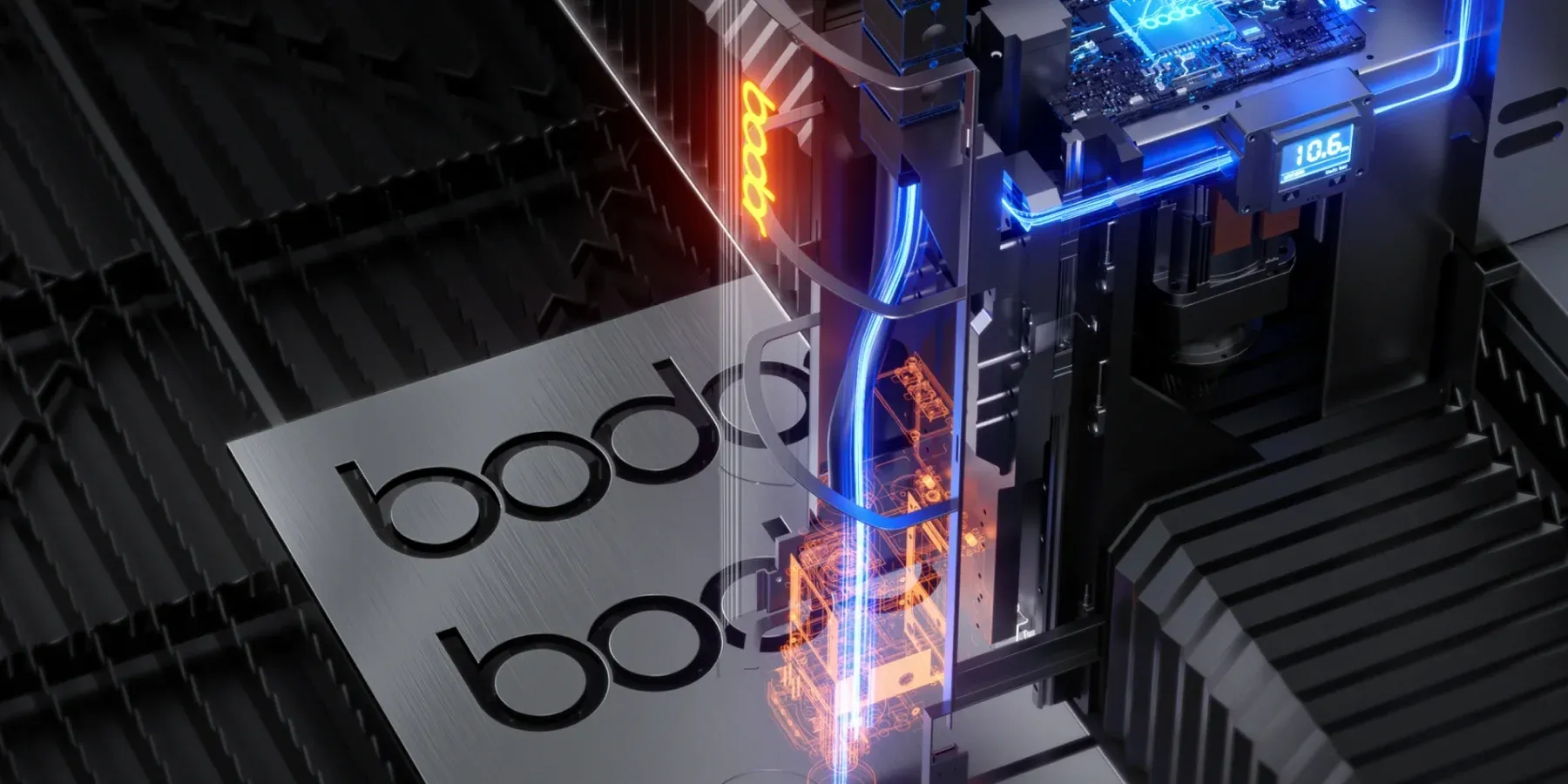In the realm of metal cutting, where energy costs are on the rise, efficiency reigns supreme. Every watt saved not only slashes operating expenses but also reduces environmental impact. When it comes to laser cutting, the technology behind the beam matters greatly. Bodor Fibre lasers have emerged as the unrivalled choice for energy efficiency, leaving traditional methods like CO2 lasers trailing behind. Let’s explore the technical nuances that set fibre lasers apart.
The Core Distinction: Light Source and Conversion Efficiency
The crux of the discrepancy lies in the core technology powering these lasers. CO2 lasers rely on electrically stimulated gas discharges within a sealed cavity to produce a laser beam. However, the gases used in this process (CO2, He, N2) are inefficient energy converters, managing only 10-15% conversion of input electrical power into usable laser light. This inefficiency leads to substantial energy loss in the form of heat, necessitating additional cooling systems.
In contrast, fibre lasers utilise diode lasers, solid-state devices that directly convert electrical current into light through stimulated emission. Coupled with a fibre optic cable, these lasers boast a remarkable 30-40% conversion efficiency, significantly reducing wasted energy as heat.
Wavelength Matters: Material Interaction and Cutting Efficiency
The wavelength of the laser light plays a pivotal role in its interaction with materials. CO2 lasers operate at a wavelength of approximately 10.6 micrometres, which is poorly absorbed by many metals, resulting in significant energy reflection and wastage.
Fibre lasers, operating at a shorter wavelength (around 1-1.5 micrometres), offer superior absorption characteristics for metals. This translates to more efficient energy transfer during the cutting process, requiring less overall energy to achieve the desired outcome.
Beam Quality and Reducing Re-work
In addition to conversion and absorption efficiency, fibre lasers boast superior beam quality. Their near-perfect Gaussian beam profile enables highly focused and precise cuts, minimizing heat distortion and reducing the formation of dross (molten metal adhering to the cut edge). CO2 lasers, with their wider beam profile, often yield rougher cuts, necessitating additional post-processing steps like grinding or polishing, which consume more energy and exacerbate environmental impact.
The Bottom Line: A Holistic Approach to Energy Efficiency
Fibre lasers offer a multifaceted advantage in energy efficiency, driven by superior light source conversion, optimal wavelength selection, and exceptional beam quality. These factors combine to deliver a greener and more cost-effective metal cutting solution. As sustainability takes centre stage in manufacturing, fibre lasers are poised to maintain their position as the undisputed leaders in energy-efficient metal cutting.


